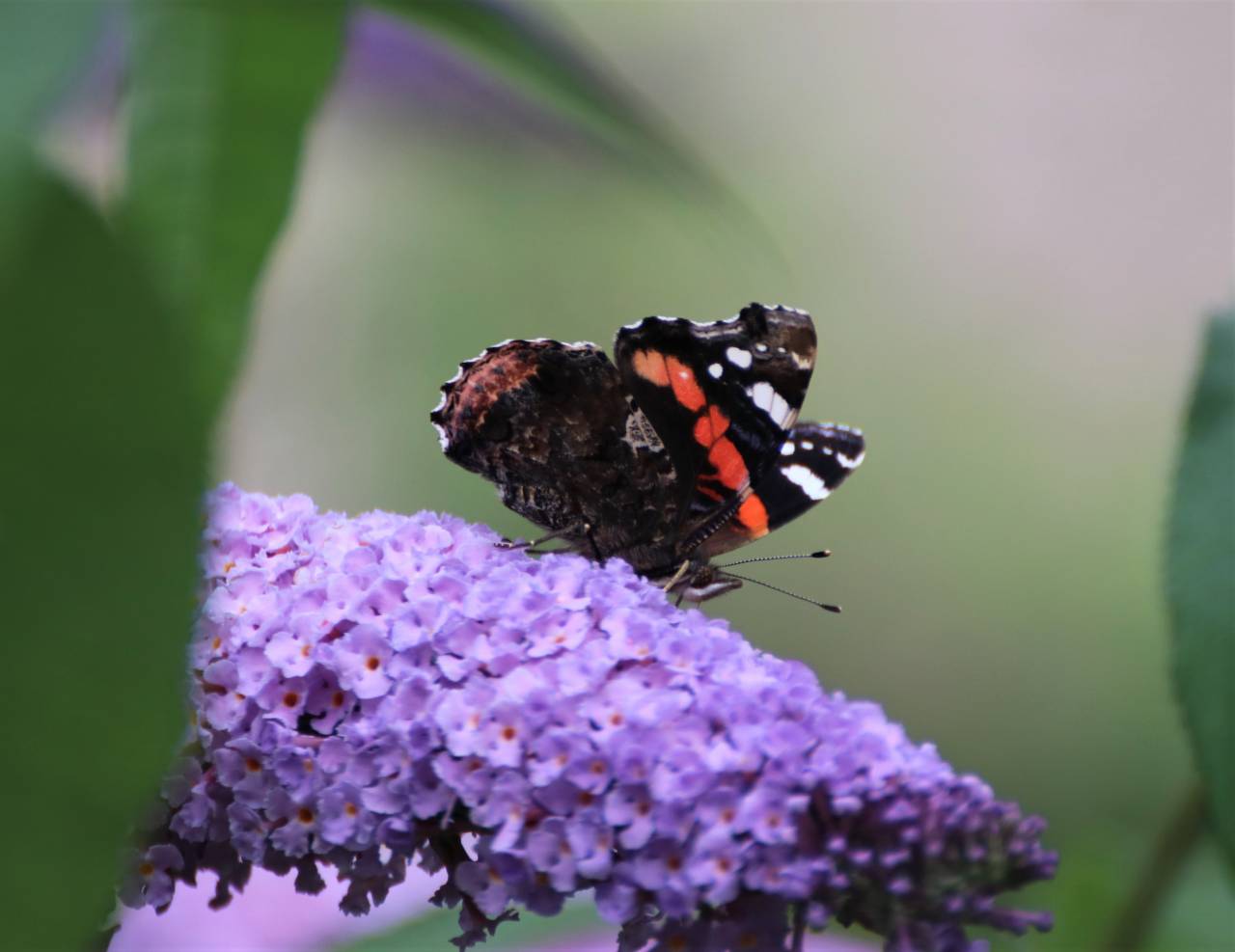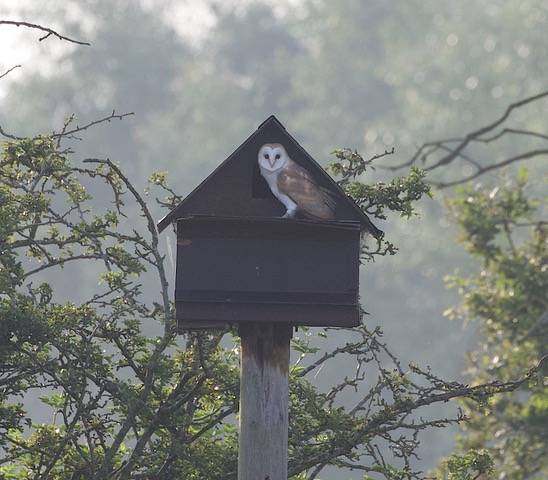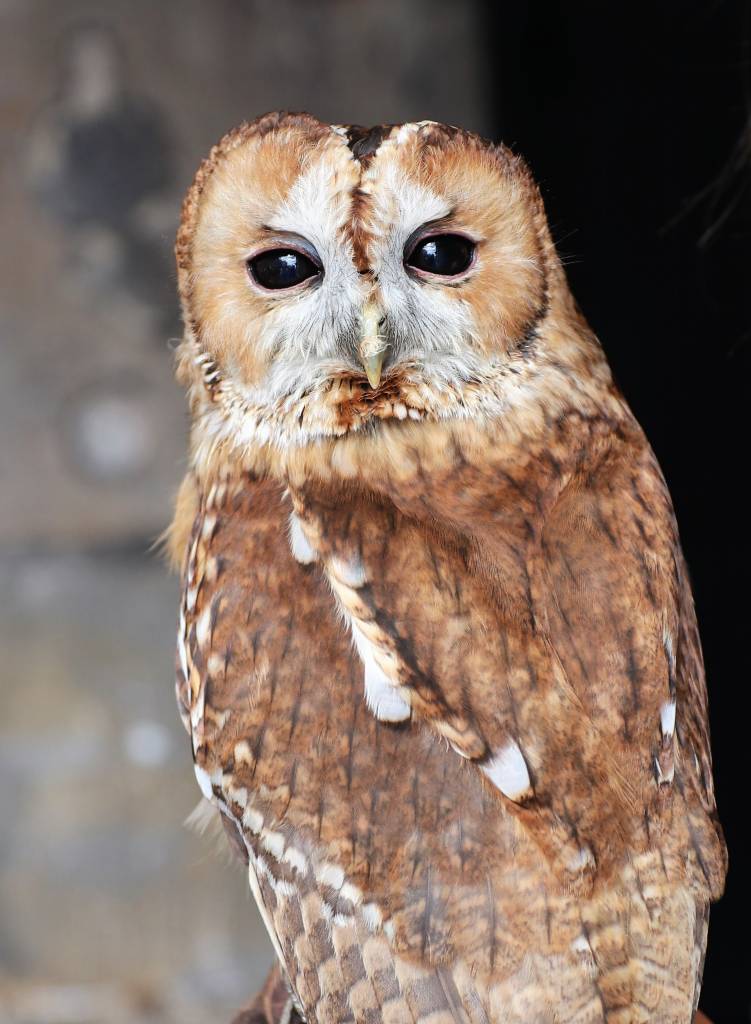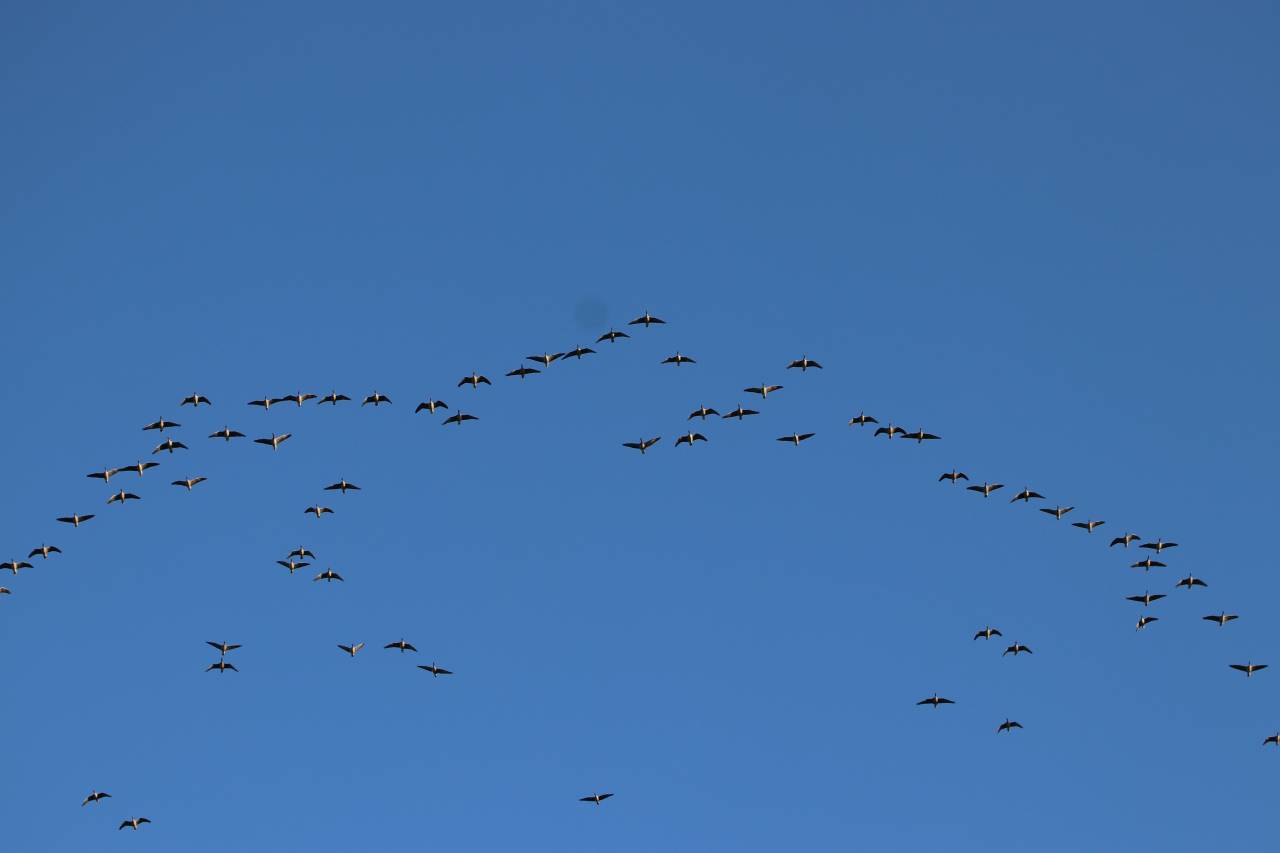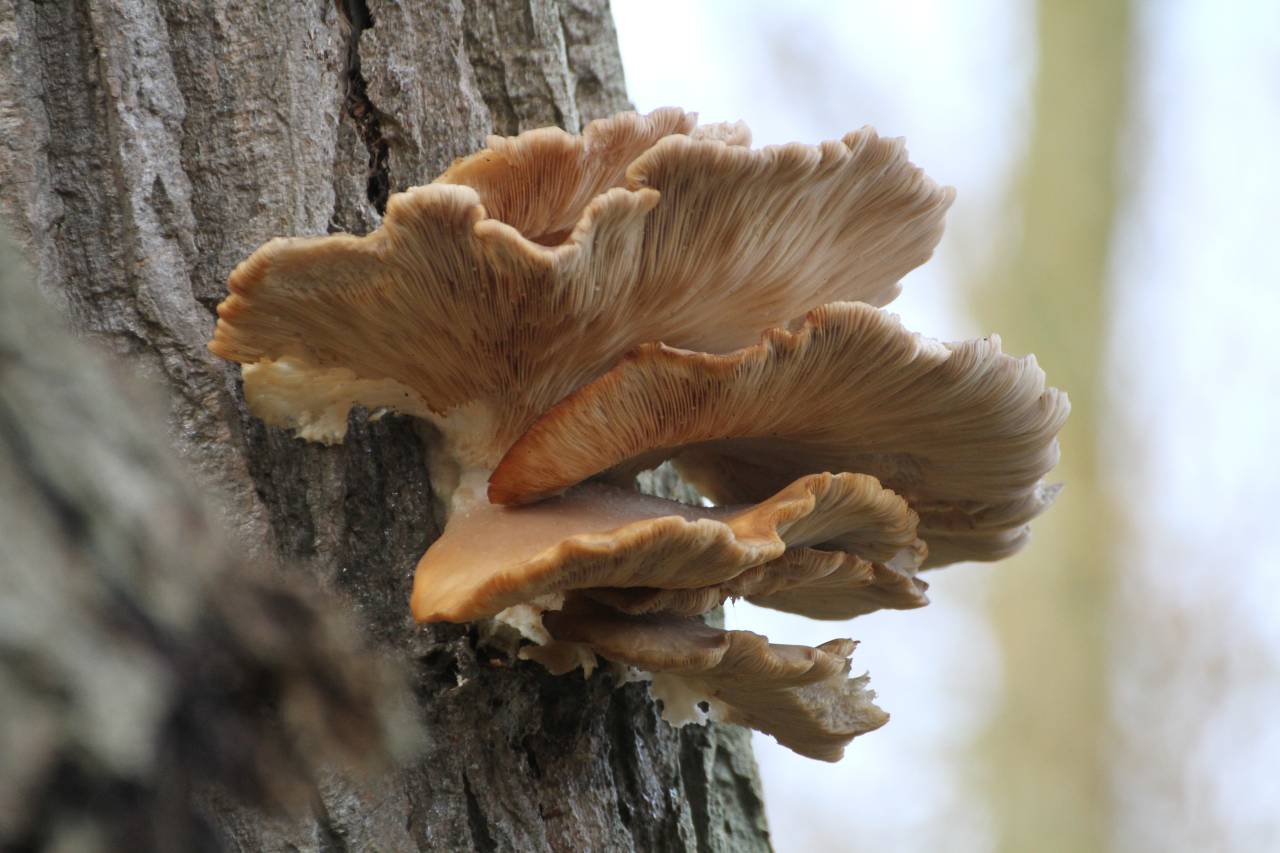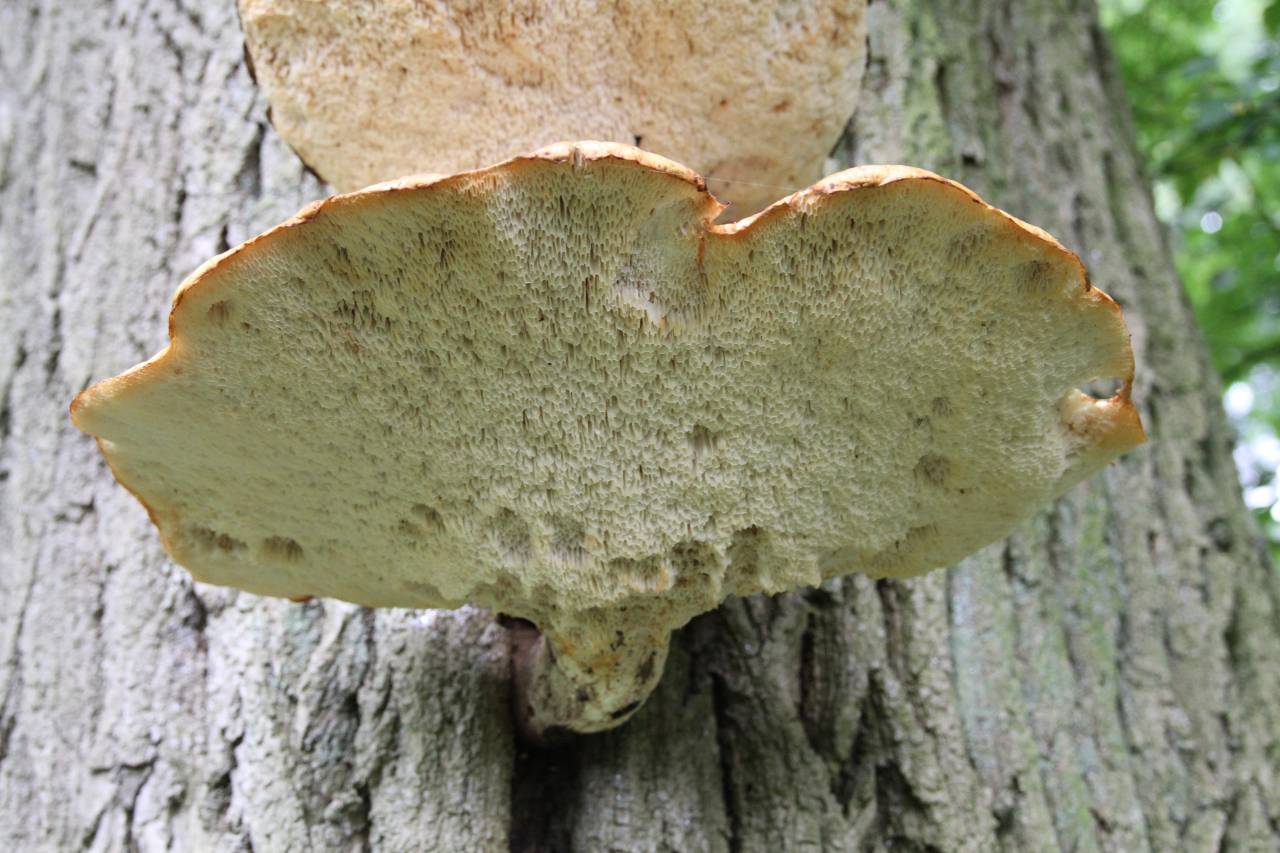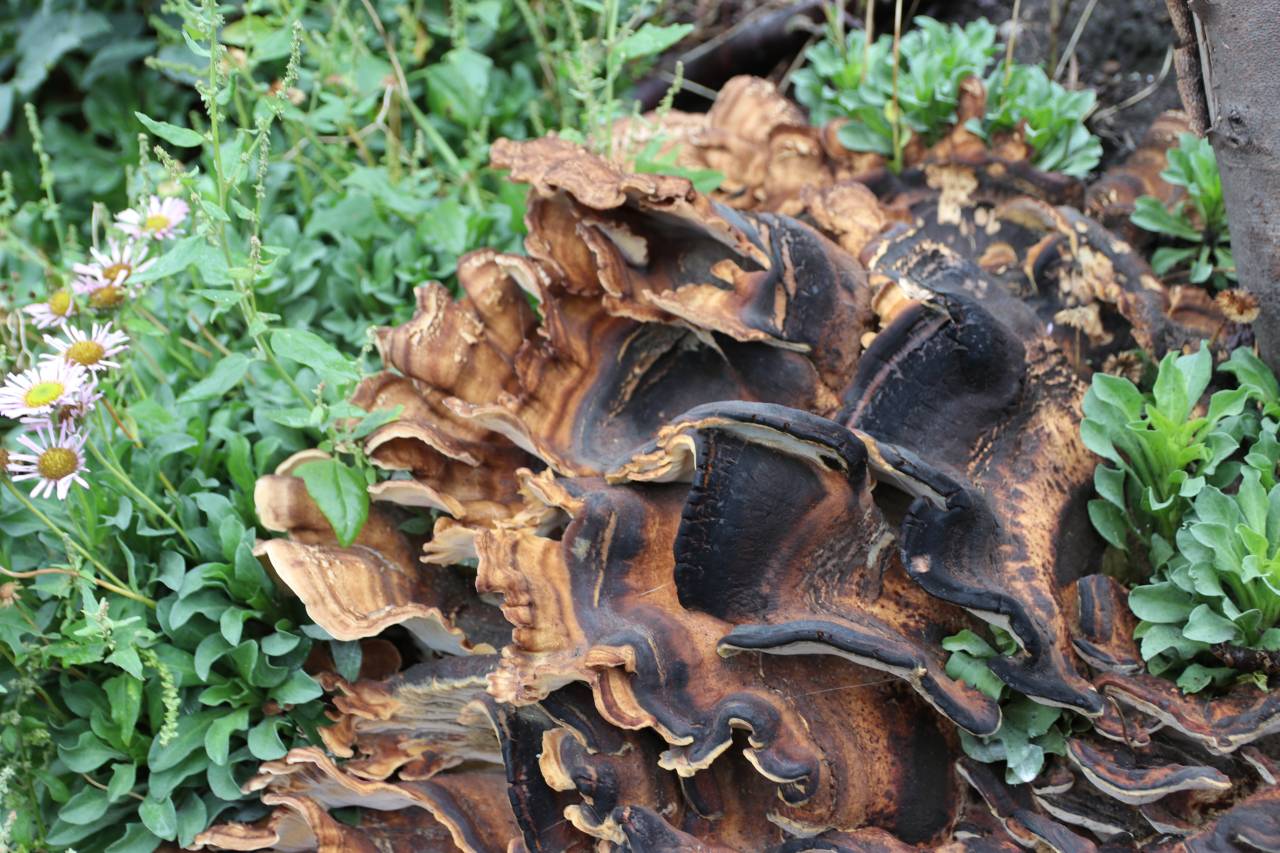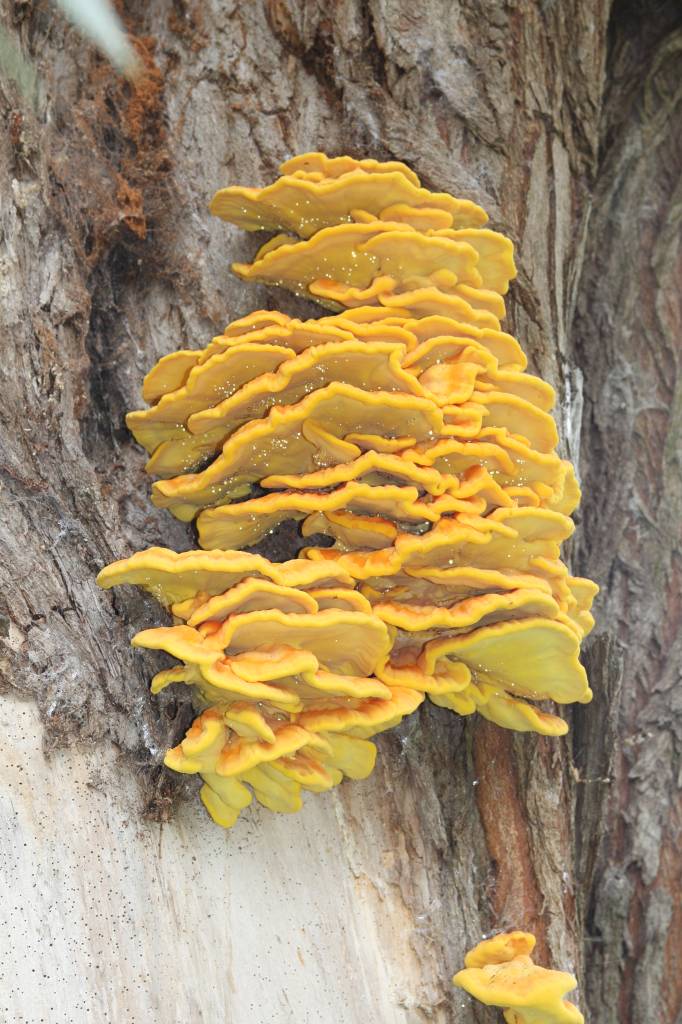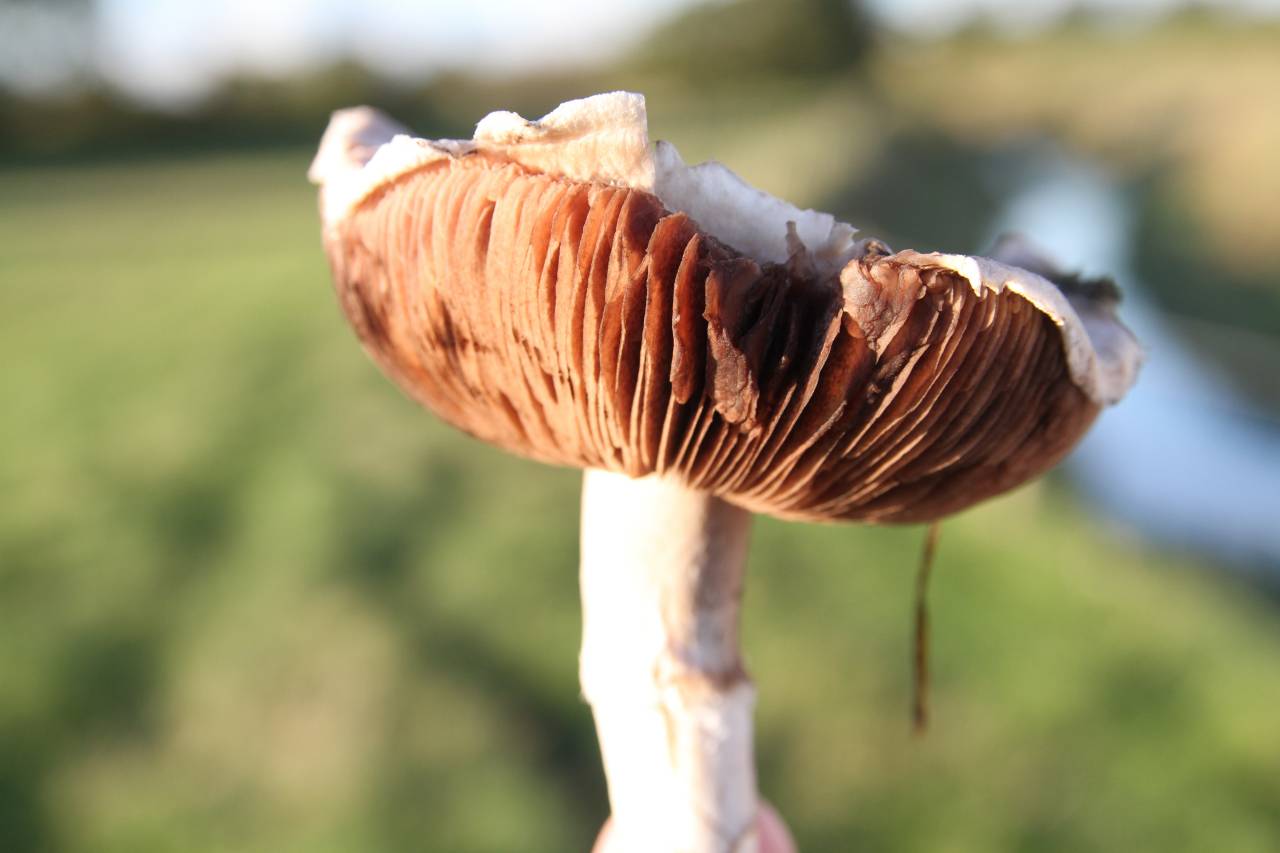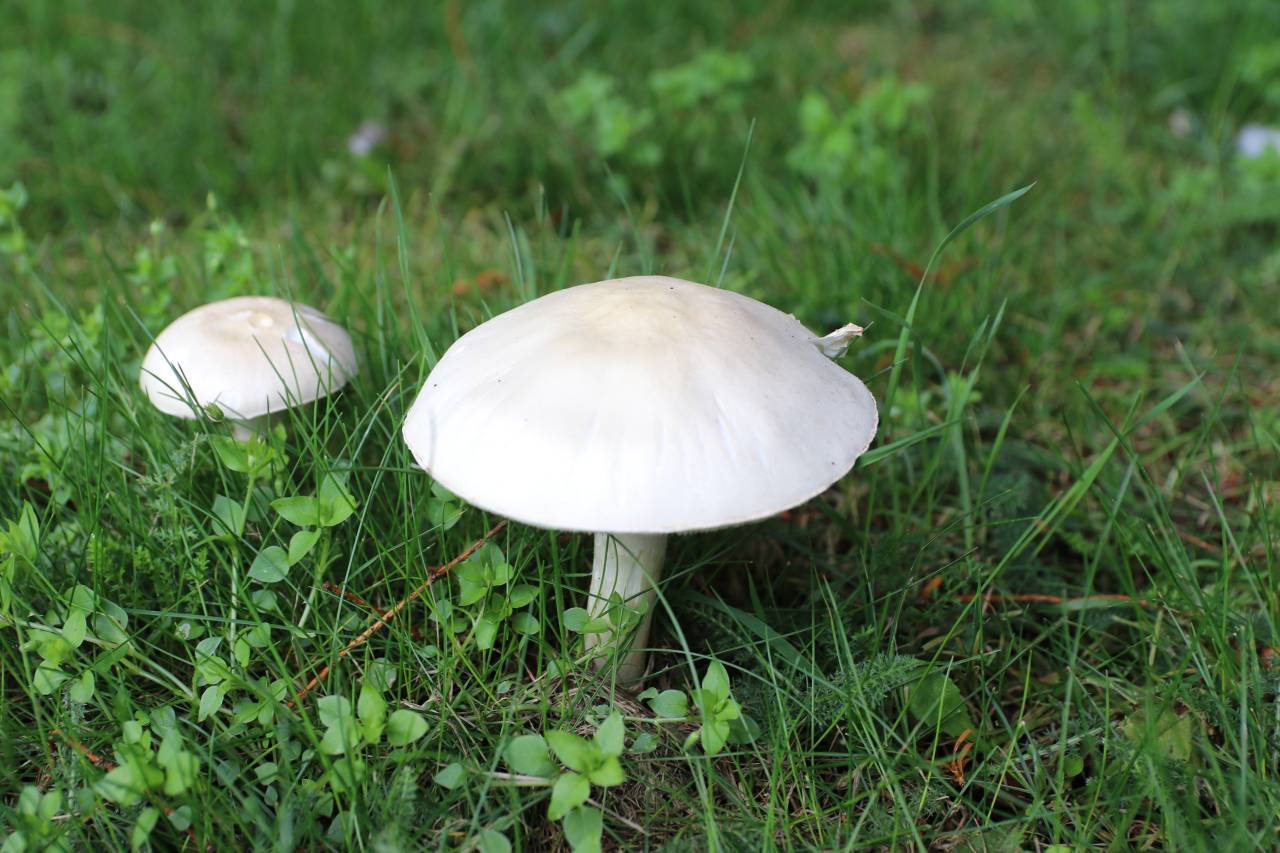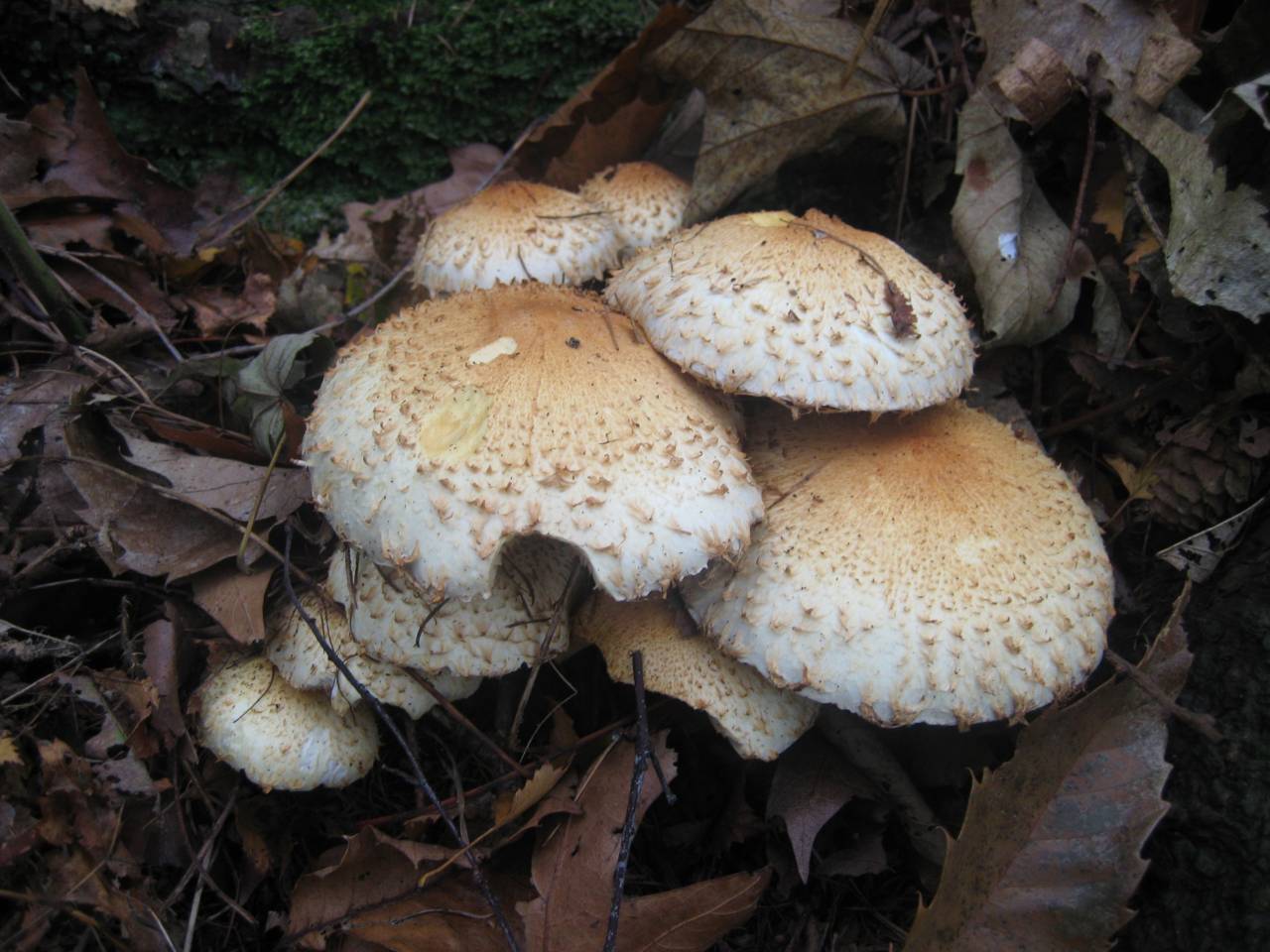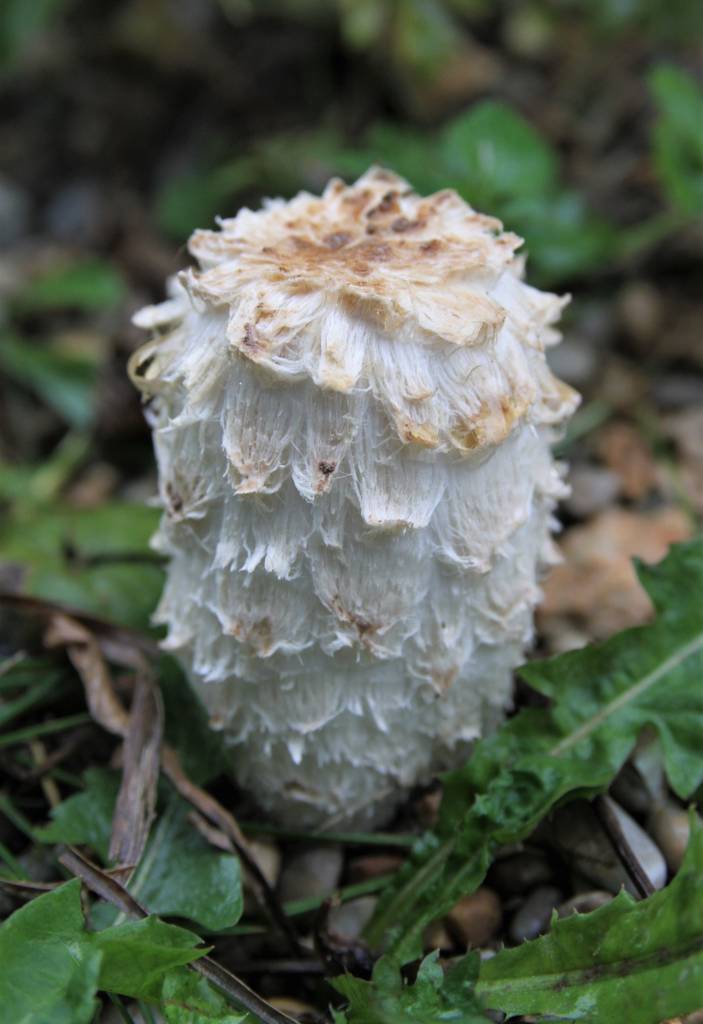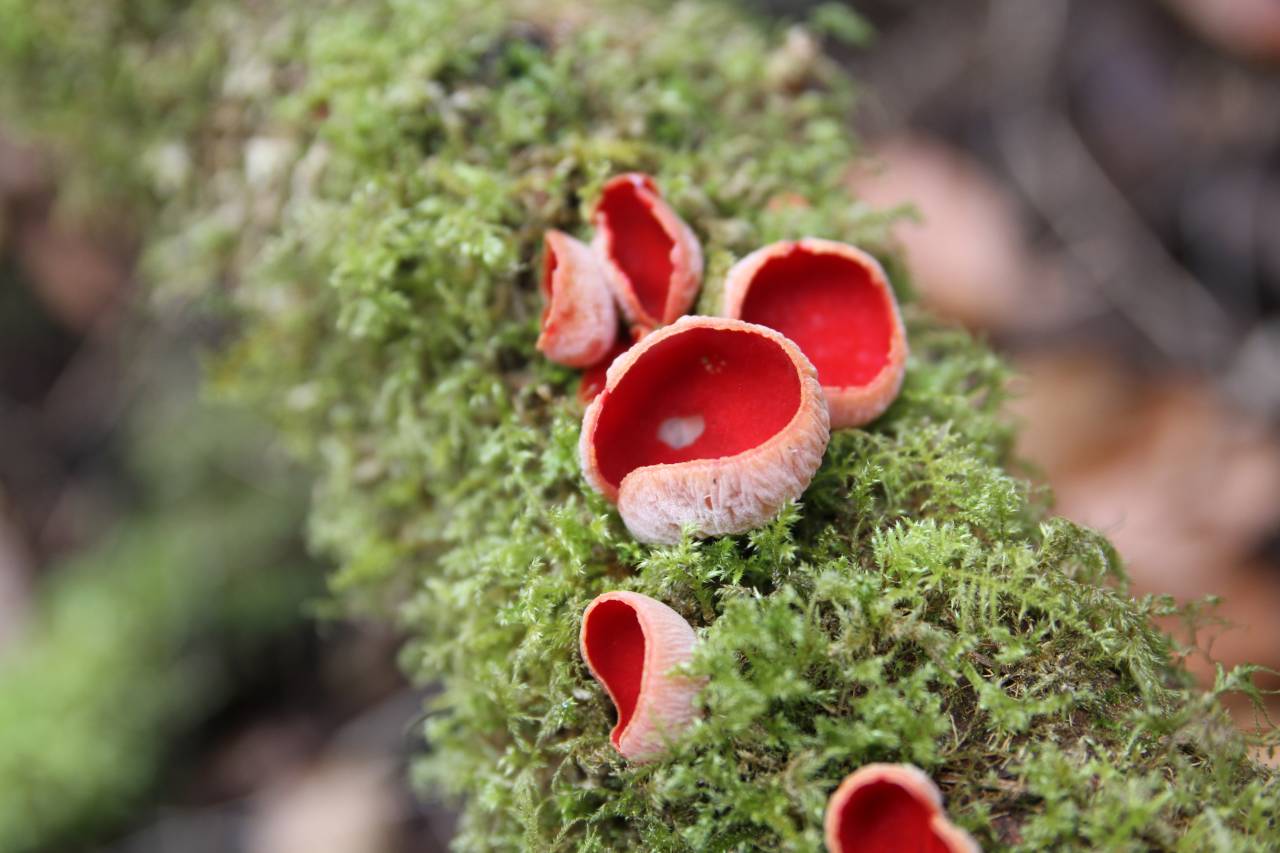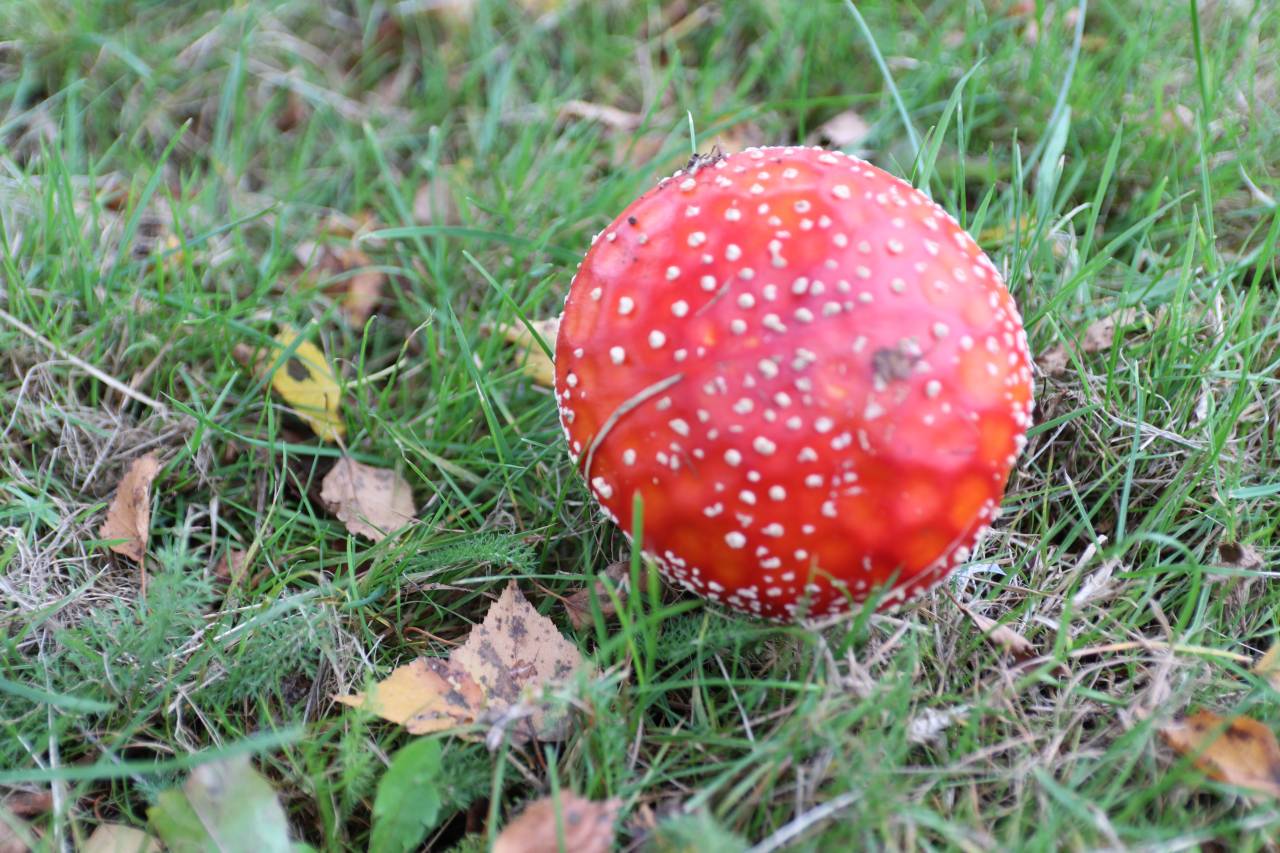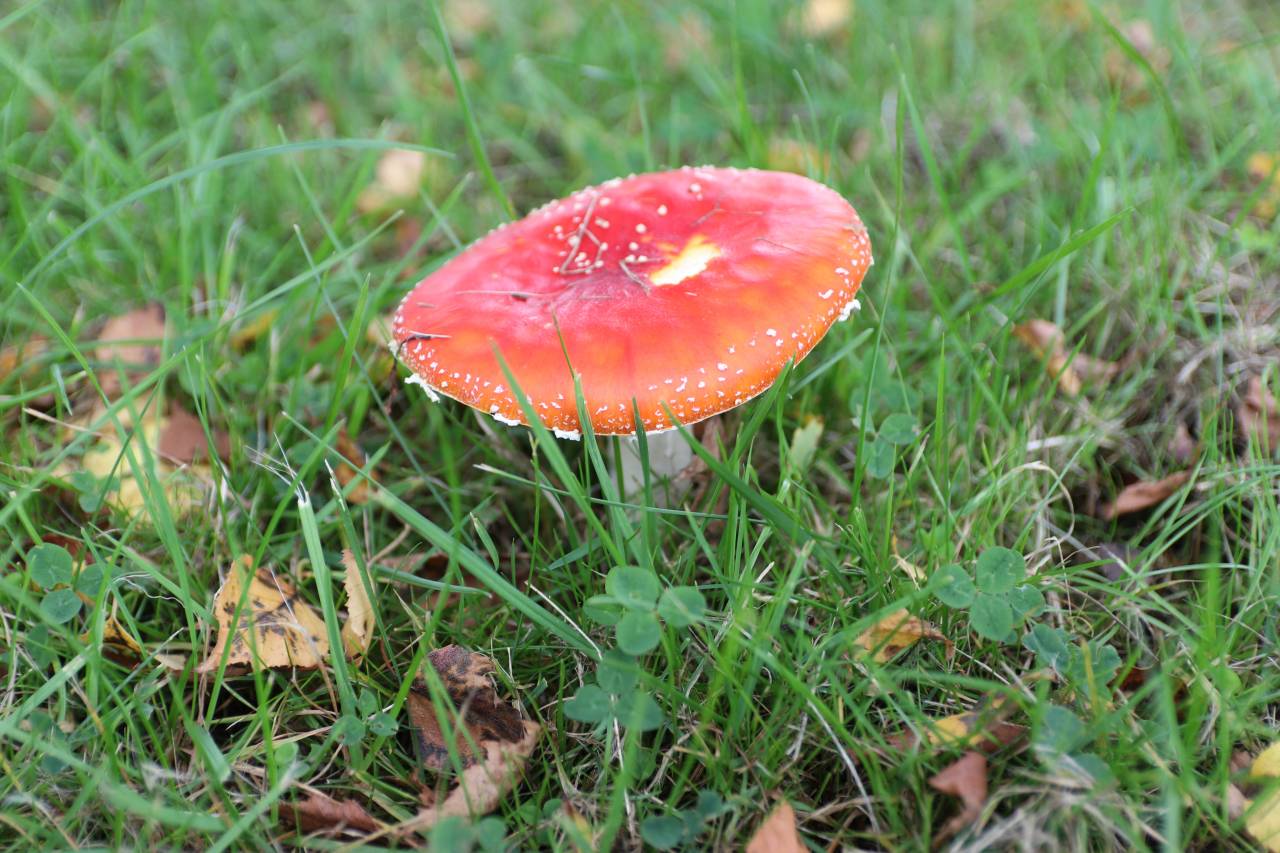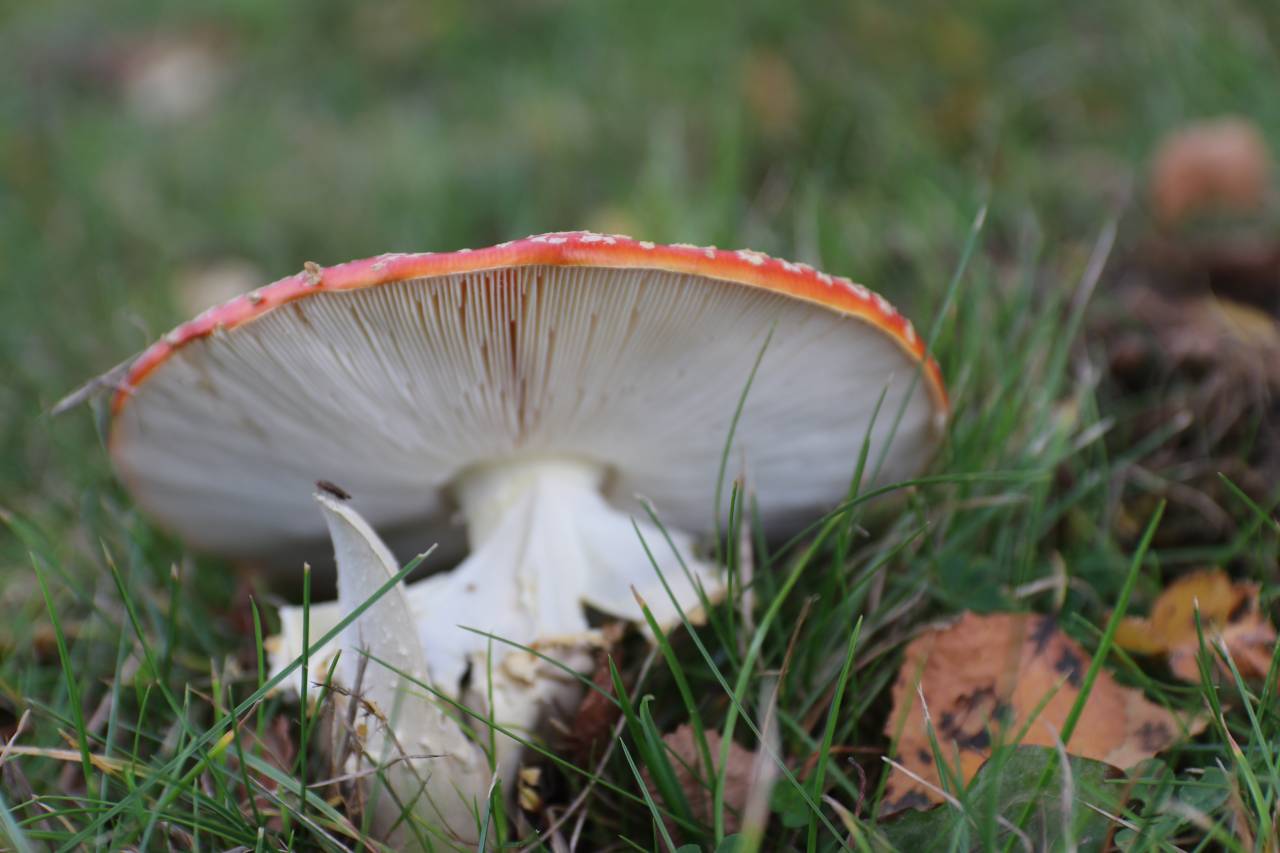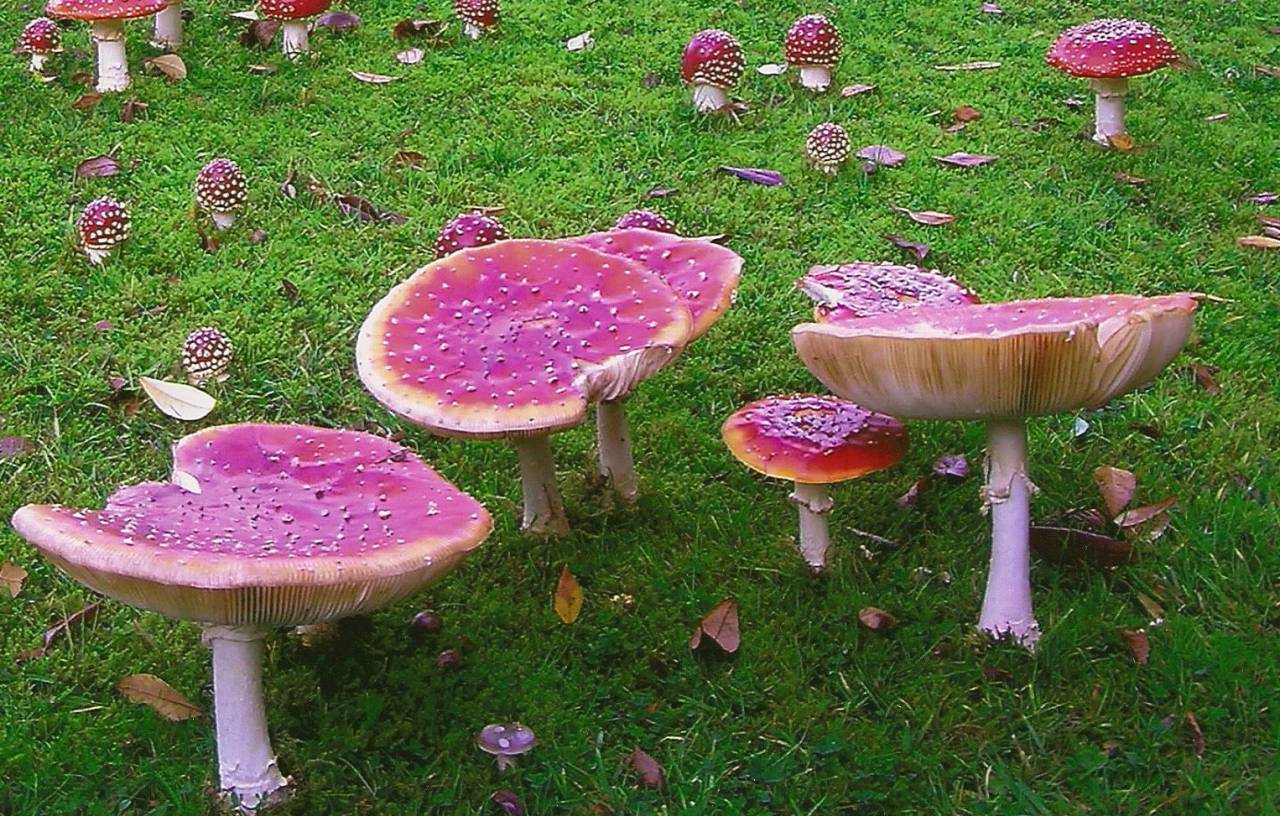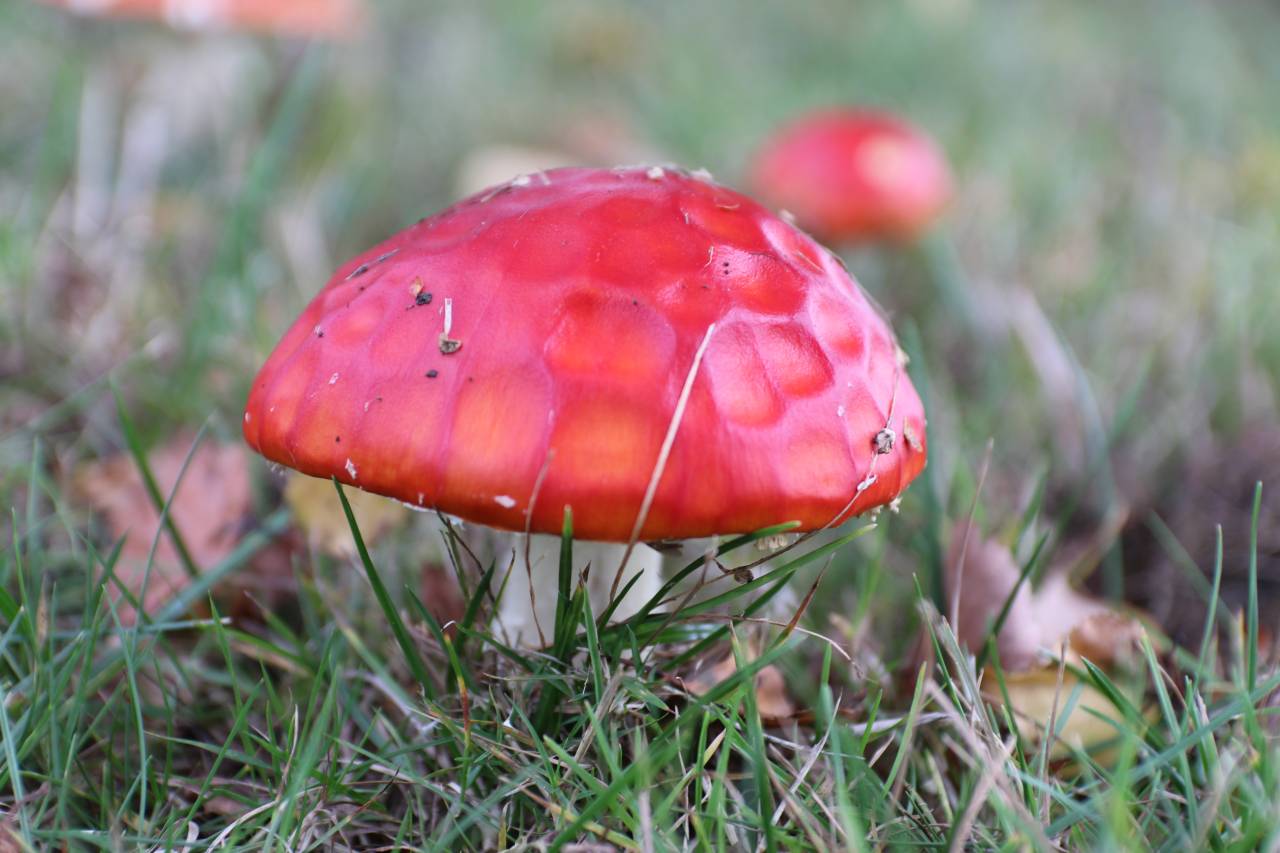

What an amazing wildlife year we’ve had, especially the numbers of butterflies that have been seen. We’ve gone from despair over several recent years, to great joy this summer at seeing so many of these wonderful insects around us, especially the huge numbers of painted ladies in this “once in ten years” eruption. Red admirals have also shown up well in September with their darker black and red colouring. One even appeared fluttering around in the Parish Hall at the recent harvest service. It was great to hear a tawny owl calling in Rowton earlier this week, but our barn owls have suffered a lot due to the excessive rainfall. (I estimate that we’ve now had over double the annual rainfall for the area already, and still 3 months of the year to go.) The Pit is fuller than it has ever been at this time of year, but I’m pleased to say that several shoveler ducks have arrived for the winter. A group of volunteers were working on the Pit on Saturday when an estimated 2,000 pink footed geese came flying over the village, calling to each other and changing position in the V shaped formations as they flew over our heads. They will probably stay in the area until March, so keep looking skywards if you hear lots of fluting calls coming from the sky.
We’ve also had some amazing cloud formations and rainbows due to the excessive rainfall, but also some really quiet days as seen in the photographic reflections on the canal at Rowton Bridge. I’ve had several reports that the kingfishers are back on the canal, so look out for them anywhere on the stretch of the canal from Egg Bridge in Waverton, to Chemistry Lock in Boughton.
The excessive rainfall and damp atmosphere we’ve experienced produce ideal conditions for the growth of fungi, and this month has been no exception. I’ve included a number of pictures taken this month at Woodfields, in the churchyard, and around the parish, all really good examples of these unusual fruiting bodies. Fungi are some of the most widely distributed organisms on earth and have a great environmental and medical importance. They live in soil or on plant material and a definition I’ve recently read describes them as yeasts, mildews, moulds and mushrooms. They can be single celled or very complex multicellular organisms. There are said to be about 144,000 known species of organisms in the fungus kingdom. The ones we most easily identify are probably the fly agaric, with the colourful red cap with white spots, the classic images of the “toadstool” in children’s story books. However these are extremely toxic and can cause lots of health problems if eaten. There are lots of specimens of these on the grass banks at Woodfields growing under the silver birch trees. They should be admired but not picked up.
Another common fungus species are edible field mushrooms, which can be found in the churchyard or along the footpath to Littleton. Bracket fungus can appear in many places in the parish, especially when the tree is dying or has been cut down, and these unusual fruit shapes can surround the surface of a tree like a shelf. The bright yellow chicken in the wood bracket fungus is a good example of this. Many other types of fungi can be found around the foot of the trunk of the tree, often growing on it like the honey fungus. Some fungi stand on their own in grass banks like the sooty inkcap, or the parasol, whilst others can grow along the branch of a tree, as in the case of the scarlet elf cap.
Fungi can be identified by shape, texture, smell or colour, but they remain a difficult subject to identify, even with experience, and although some varieties can be excellent to eat, my advice is to eat them only if you are absolutely sure what you have found.
-

Red Admiral
-

Painted Ladies
-

Barn Owl
-

Tawny Owl
-

Pink footed Geese
-

Bracket fungi
-

Bracket fungi a
-

Bracket fungi c
-

Chicken in the Wood braccket
-

Field Mushroom
-

Humpback fungi
-

Parasol
-

Sooty Inkcap
-

Scarlet Elf Cup
-

Honey fungus
-

Fly agaric
-

Fly agaric a
-

Fly agaric b
-

Fly agaric c
-

Fly agaric e
-

Fly agaric e

